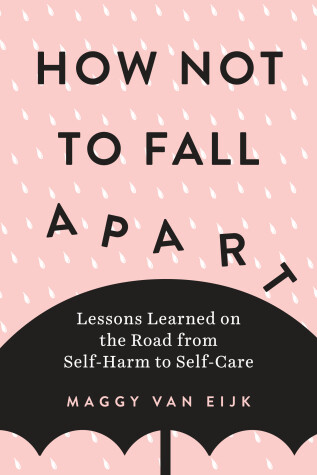Reviewed by Joséphine on
Initial thoughts: While How Not to Fall Apart is a memoir, it's well-organised into various aspects of life in general, which covers relationships with family, friends, and dating partners, work, and personal interests. I recommend this book to three groups of people.
1. People with diagnosed mental illness(es), as a reminder that they are not alone and to possibly discover further coping mechanisms; albeit with trigger warnings regarding self-harm and (non-graphic) recount of sexual assault)
2. People with undiagnosed mental illness(es), that they might recognise their need for professional help and overcome the stigma that might prevent them from admitting they need help.
3. People with no mental illnesses, so that they may better understand how mental illnesses can manifest, gain insight into what it means to live with mental illnesses and to learn more about how they can relate to and help their loved ones who struggle with mental illnesses
As van Eijk reflects on her personal experiences, she considers them in the framework of her anxiety and depression. She then reframes them in accordance with what she has learnt through counselling and cognitive behaviour therapy. She injects hope into her personal narrative as she notes down tips that help her deal with her anxiety and depression.
I found this book to be insightful and commend the author for her courage to speak up, share her journey with mental illnesses. Even as she battles self-doubt and grapples with the aftermath of sexual assault, she explains that victims aren't at fault yet why guilt still grips them anyway.
Reading updates
- Started reading
- 22 October, 2018: Finished reading
- 22 October, 2018: Reviewed
